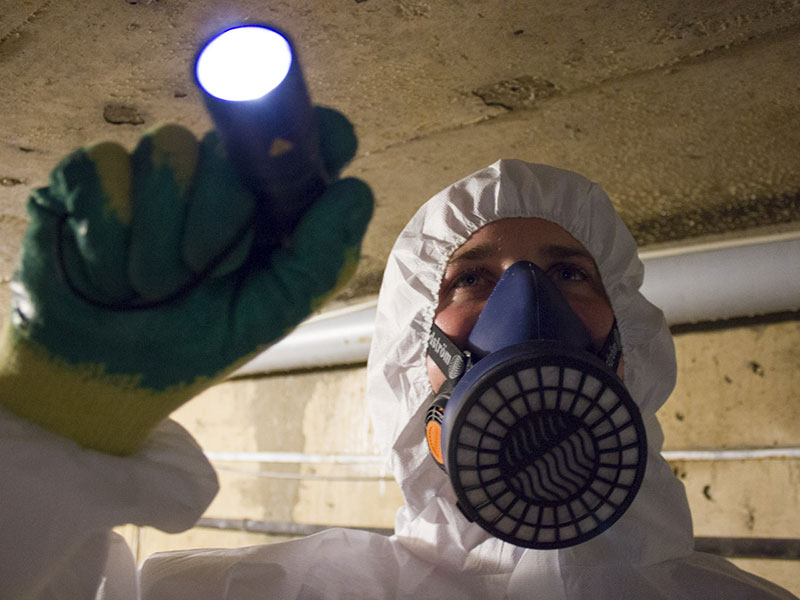 A no pull dog harness is a specialized type of dog harness that helps to stop your dog from pulling on the leash. Many pet parents find that no-pull harnesses can help train their dogs not to pull and to walk calmly by their side. But when is the right time to start using a no-pull harness for your dog?
A no pull dog harness is a specialized type of dog harness that helps to stop your dog from pulling on the leash. Many pet parents find that no-pull harnesses can help train their dogs not to pull and to walk calmly by their side. But when is the right time to start using a no-pull harness for your dog?
There are a few things to remember when deciding whether to use a no-pull harness for your dog. First, consider your dog’s age. If you have a young puppy, he may not be ready for a no-pull harness just yet.
Puppies are still learning basic obedience commands and proper leash etiquette, so a no-pull harness may be too much for them to handle now. However, a no-pull harness may be worth considering if you have a well-trained adult dog who still tends to pull on the leash.
Another thing to keep in mind is your dog’s size and strength. A no-pull harness should be fine if your dog is small or medium-sized.
However, if your dog is large or extra-strong, you may consider using a backpack-style harness or a gentle leader headcollar instead. These harnesses provide more control over solid or large dogs who tend to pull on the leash.
Finally, think about your own goals for using a no-pull harness. For example, if you’re looking for an easy way to walk your dog without him pulling on the leash, any no-pull harness will likely do the trick.
However, if you’re hoping to use the harness as part of a training program to teach your dog not to pull on the leash, you’ll need to choose a harness that is specifically designed for this purpose. Again, read reviews and talk to other pet parents before making your final decision.
Pulling on the leash can be frustrating for both you and your dog. Not only does it make walks less enjoyable, but it can also be dangerous if you cannot control your dog when crossing the street or around traffic. A no-pull harness can help to alleviate this problem by giving you more control over your dog while out on walks.
You will also want to consider when the best time to start using a no-pull harness is. In general, puppies under the age of six months should not use a no-pull harness as they are still learning basic obedience commands and leash etiquette.
However, for older dogs who have already established some bad habits, starting with a no-pull harness can help to break those habits and get them back on track.
If you are consistent with using the harness and pair it with positive reinforcement, such as treats or praise, then you will likely see an improvement in your dog’s leash manners in no time. Just remember to be patient and give yourself and your pup some time to adjust to the new harness!
Conclusion:
No matter what type of no-pull harness you choose for your dog, always supervise him when he wears it and never leaves him unattended while he’s wearing it. With proper fitting and use, a no-pull harness can help make walks more enjoyable for you and your four-legged friend!




